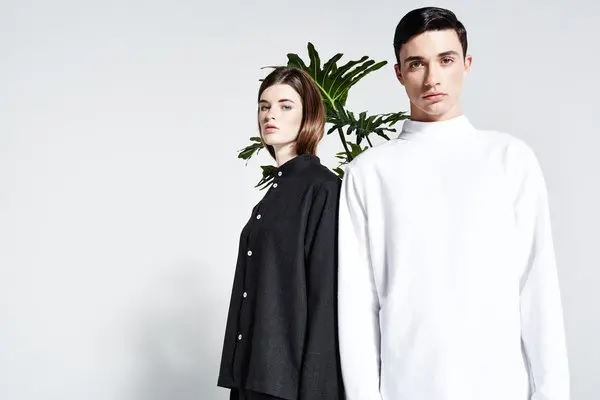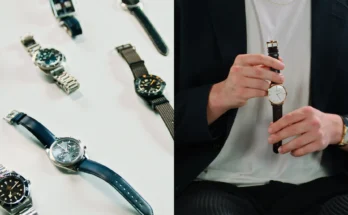The world of fashion has always been a reflection of society, its values, and its norms. For a long time, fashion has been heavily gendered, with specific styles and clothing items designated for men and women. However, in recent years, there has been a growing trend towards unisex clothing, where clothing items are designed to be worn by people of any gender. This intersection of fashion and gender has opened up new possibilities, challenging traditional notions of gender and paving the way for more inclusive and diverse fashion.
What is Unisex Clothing?
Unisex clothing refers to clothing items that are designed to be worn by people of any gender. This means that the clothing is not specifically designed for men or women, but rather for anyone who wants to wear it. Unisex clothing can include t-shirts, jeans, jackets, and other items that are typically gendered. The difference is that these items are designed to be gender-neutral and can be worn by anyone regardless of their gender identity.
The Rise of Unisex Clothing

The rise of unisex clothing can be attributed to a number of factors, including the growing awareness of gender identity and the desire for more inclusive and diverse fashion. For many years, fashion has been heavily gendered, with specific styles and clothing items designated for men and women. This has created a binary system where people are expected to dress according to their gender. However, this system has been challenged in recent years, with more people expressing their gender identity in non-binary ways.
Unisex clothing has emerged as a response to this shift in attitudes towards gender identity. By creating clothing that is designed to be gender-neutral, fashion designers are challenging traditional gender roles and promoting inclusivity and diversity. This has led to a rise in unisex fashion labels and collections, with many designers creating clothing lines that are specifically targeted at people who want to dress in a non-binary way.
The Benefits of Unisex Clothing
There are many benefits to wearing unisex clothing. For one, it promotes inclusivity and diversity, allowing people of any gender identity to express themselves through fashion. It also challenges traditional gender roles and stereotypes, which can be empowering for individuals who do not fit into traditional gender categories.
Unisex clothing can also be more practical and comfortable than gendered clothing. For example, unisex t-shirts and jeans are often made from high-quality materials that are designed to be durable and long-lasting. They are also designed to fit a wider range of body types, making them more comfortable to wear than clothing that is designed specifically for men or women.
The Future of Unisex Clothing
The future of unisex clothing looks bright, with more designers and fashion brands embracing this trend. As more people express their gender identity in non-binary ways, there will be a growing demand for clothing that is designed to be gender-neutral. This will lead to more innovation and creativity in fashion, with designers experimenting with new materials, cuts, and styles.
Furthermore, the rise of unisex clothing is not just limited to fashion. It is also impacting other industries, such as beauty and grooming. For example, many cosmetic brands are now creating gender-neutral products that can be used by anyone, regardless of their gender identity.
The intersection of fashion and gender has led to the rise of unisex clothing, which is challenging traditional gender roles and promoting inclusivity and diversity. Unisex clothing is not just a trend; it is a reflection of the changing attitudes towards gender identity and the desire for more inclusive and diverse fashion. As more designers and fashion brands embrace this trend, we can expect to see more innovation and creativity in fashion, leading to a more inclusive and diverse industry.




